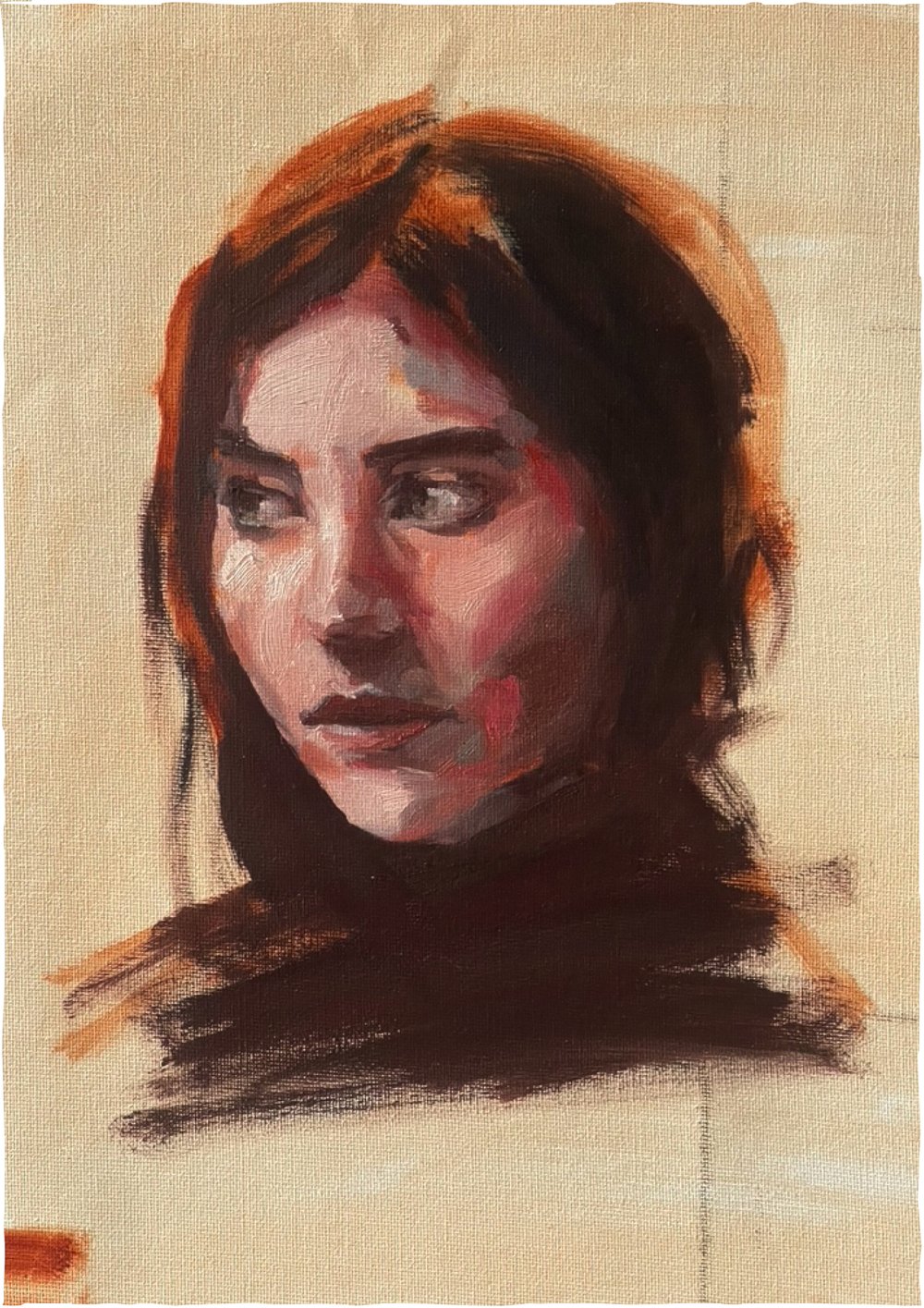…has been around for-like-ever, but is a colour that I’ve only recently started using myself.
Even though I put it in the “dirty yellow” box along with yellow ochre, Naples yellow and raw sienna, Indian yellow is clean and bright by comparison and this is because it’s transparent. I guess it’s in the dirty yellow pile because it has an orange/brown quality to it.
Indian yellow was first used in 15th century India. It was made from the urine of cows fed on mango leaves which contain a toxin called urushiol. The cows became very unhealthy with this diet but their urine produced the precious pigment which was dried to a powder and the powder was formed into balls of yellow pigment which was shipped around the world while it’s source remained a mystery. No one knew what it was made from until 1880something.
It was around the time of the discovery of how the yellow was made (Sir Joseph Hooker’s work), that the pigment disappeared off the market…something about animal cruelty…there’s not much of a record about this except his letter of enquiry to the Indian Department of Revenue and Agriculture.
Luckily for me, and every other artist who loves the colour and loves cows, Indian yellow is now a synthetic replication of the original pigment.
The thing I love about Indian yellow is how it mixes with other colours. It’s not a yellow I would use without mixing it with some other colour - like I’ve tried it as a colour by itself in a background and it doesn’t work for me on it’s own, it’s not beautiful on it’s own but boy oh boy does it mix well with other colours. It makes gorgeous oranges when mixed with reds and pinks, it makes wonderful greens when mixed with blue and other greens and that’s why I love it so much.
playing around with Indian yellow
Indian yellow study of daughter no. 2


